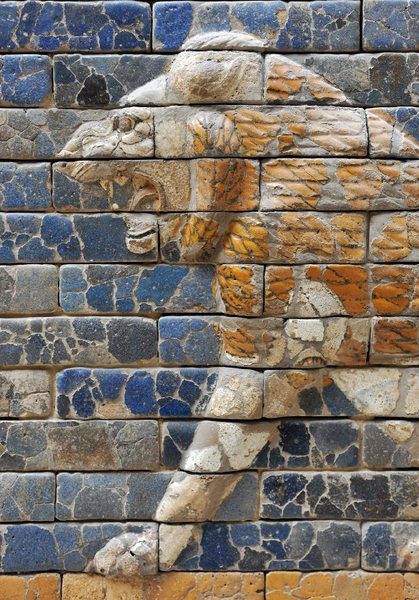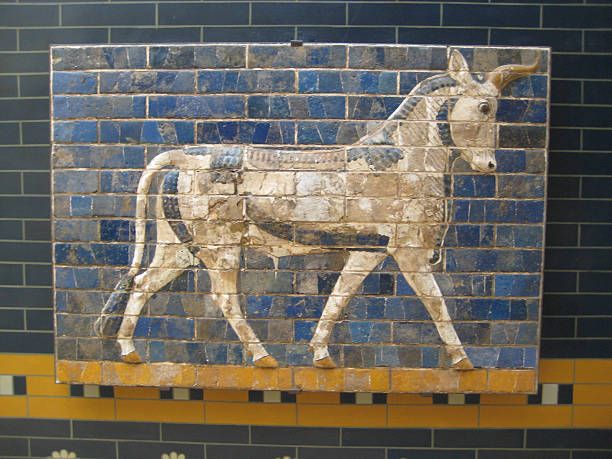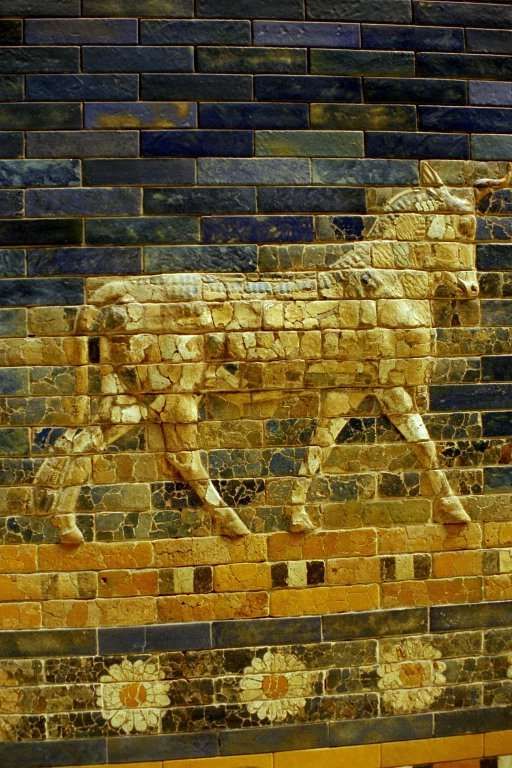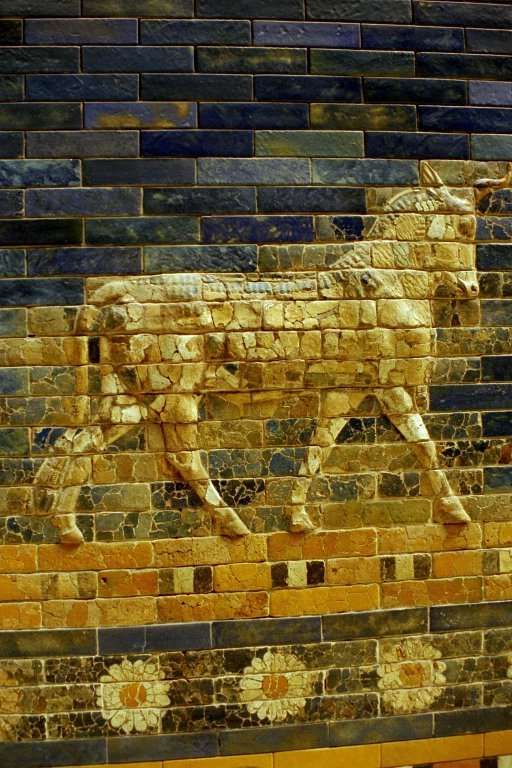In the annals of art history, the mosaic art of Mesopotamia emerges as a timeless testament to human creativity and cultural expression. Revered as the earliest form of mosaic craftsmanship, these intricate pieces stand as poignant relics, inviting modern audiences to honor and marvel at the ingenuity of ancient Mesopotamian artisans.

Dating back to the third millennium BCE, the mosaic art from Mesopotamia unveils a rich tapestry of aesthetic sophistication and cultural significance. The region, known as the cradle of civilization, bestowed upon the world not only the foundations of governance and agriculture but also an artistic legacy that resonates across millennia.

The mosaics, primarily discovered in ancient Mesopotamian cities such as Ur and Nineveh, offer a glimpse into the daily life, religious beliefs, and mythologies of these early societies. Comprising intricate arrangements of colored stones, shell fragments, and terracotta, these mosaics adorned the walls and floors of temples, palaces, and private residences, elevating the visual landscape of Mesopotamian civilization.

One notable example is the Standard of Ur, a well-known artifact that features mosaic panels depicting scenes of war and peace. This ceremonial object, discovered in the Royal Cemetery of Ur, serves as a remarkable showcase of Mesopotamian artistic prowess, portraying the nuanced narrative of a society that valued both the military might and the prosperity brought by peace.
The mosaic artistry of Mesopotamia extended beyond mere decorative elements; it functioned as a means of storytelling and cultural preservation. Scenes of mythological tales, religious rituals, and royal achievements adorned the surfaces, encapsulating the essence of Mesopotamian identity. The intricate craftsmanship and attention to detail in these mosaics spoke to a society deeply rooted in symbolism and storytelling.
Honoring history involves not only marveling at the visual splendor of these ancient mosaics but also recognizing the societal context in which they flourished. Mesopotamia, as a melting pot of diverse cultures and influences, cultivated a unique artistic language that spoke to the cosmopolitan nature of its cities. The mosaic art, with its kaleidoscope of colors and meticulously arranged patterns, reflects the vibrancy and complexity of the societies that produced them.
As custodians of the past, contemporary admirers of Mesopotamian mosaic art are tasked with preserving and celebrating these cultural treasures. Archaeological efforts and conservation initiatives strive to protect these delicate artifacts, ensuring that future generations can continue to appreciate and study the earliest manifestations of mosaic craftsmanship.
In honoring the history of Mesopotamian mosaic art, we pay homage not only to the skillful hands that crafted these masterpieces but also to the profound impact of visual storytelling on the human experience. Each fragment of stone, each carefully arranged motif, speaks across time, inviting us to engage with the ancient world and appreciate the enduring legacy of artistic ingenuity that transcends the ages.

